US commercial crude oil inventories dropped -1.6m barrels in the week ending September 18. At 494.4m barrels, inventories are about 13% above the five year average for this time of the year. Gasoline inventories dropped -4.0m barrels. Distillate dropped -3.4m barrels. Propane/propylene inventories rose 1.7m barrels. Commercial petroleum inventories dropped -7.5m barrels.
WTI trades mildly higher after the release. The rebound form 35.98 lost momentum and pull back after hitting 41.43. But retreat was then contained at 38.66. Overall, it’s staying in a consolidation pattern below 43.50 medium term top, gyrating around a flat 55 day EMA. More sideway trading would be seen and the path could be quite unpredictable. But in any case, we’re not expecting a break of 43.50 for the near term. In case of another fall, downside should be contained by 34.36 support to bring rebound.




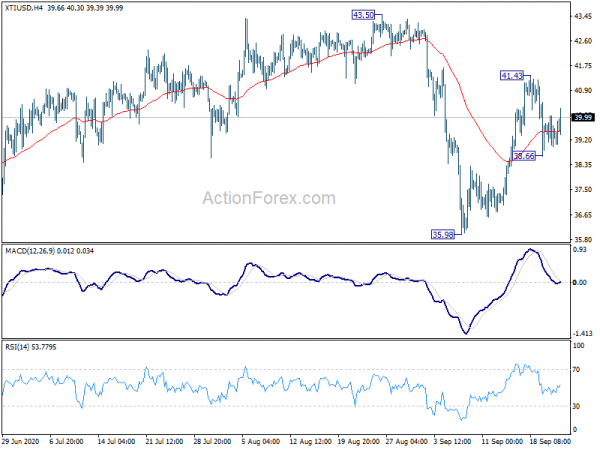
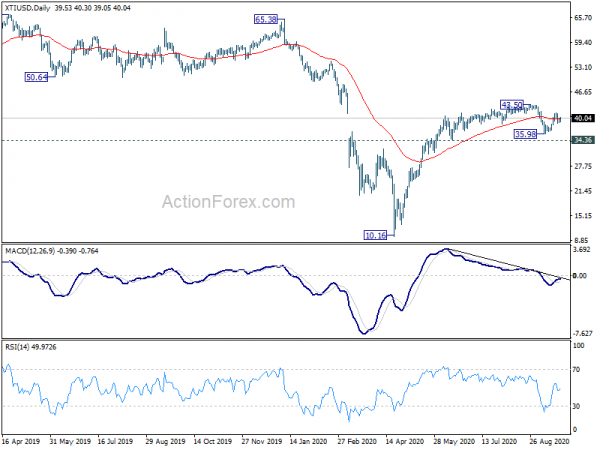
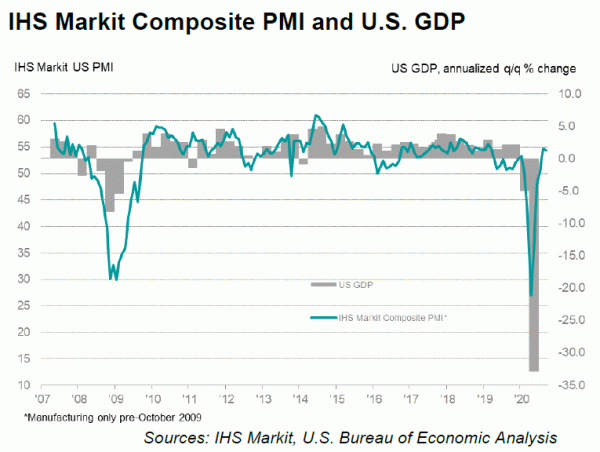
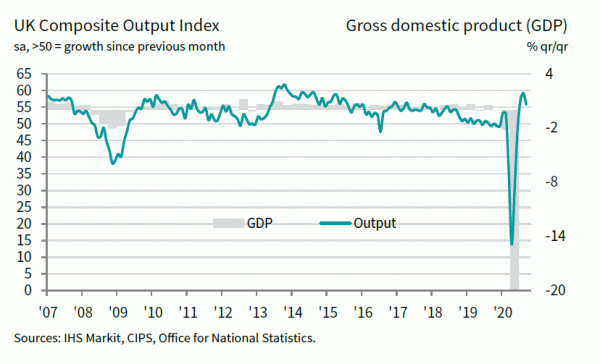
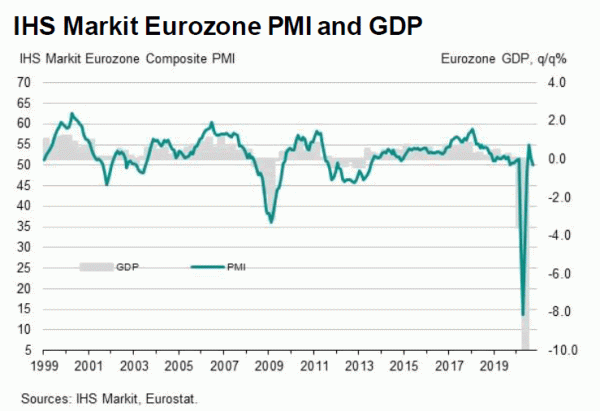
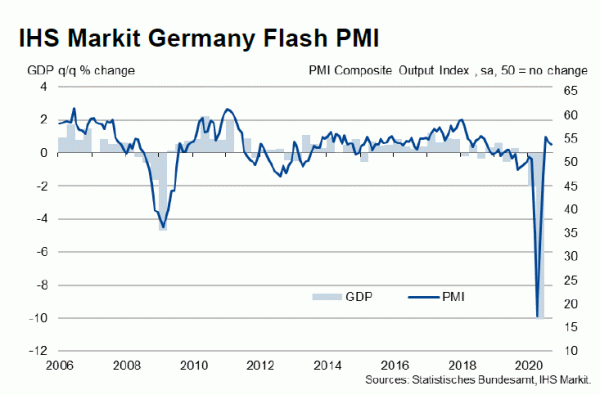
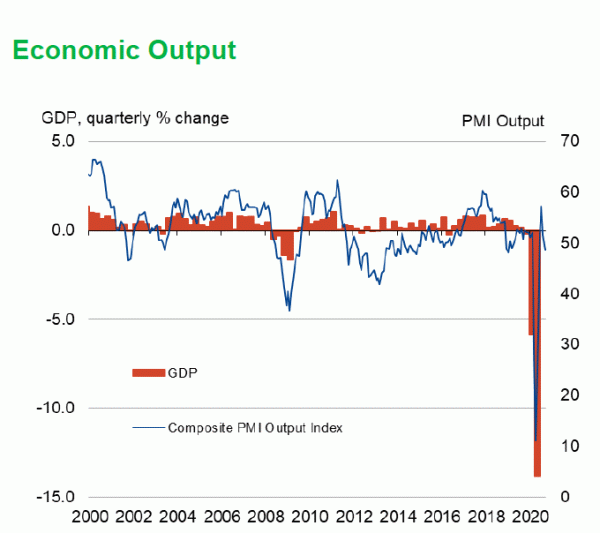
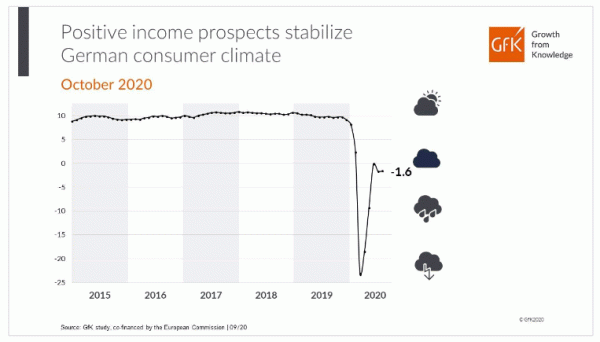
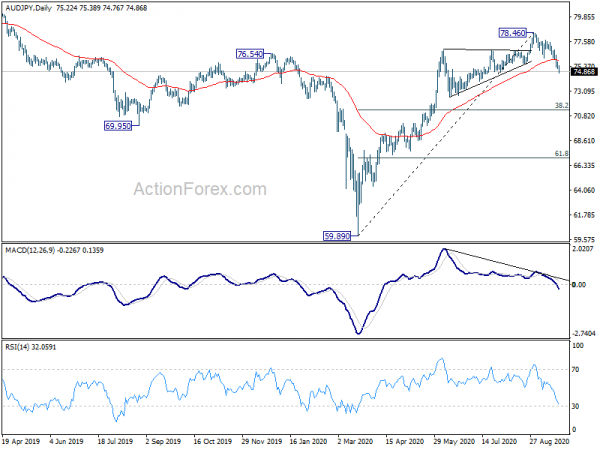
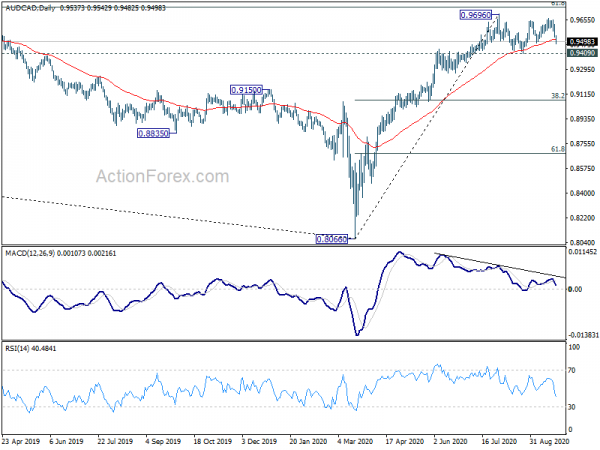
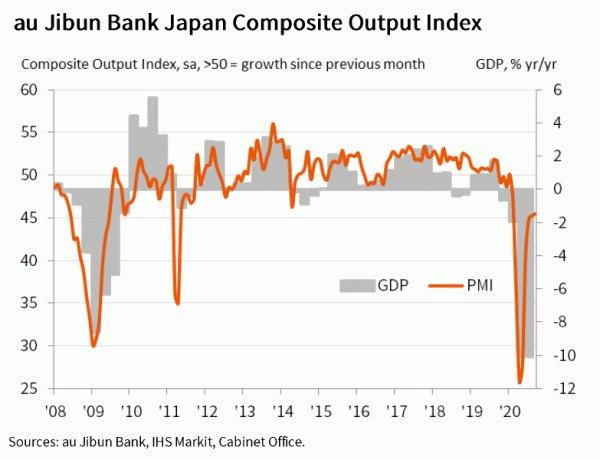
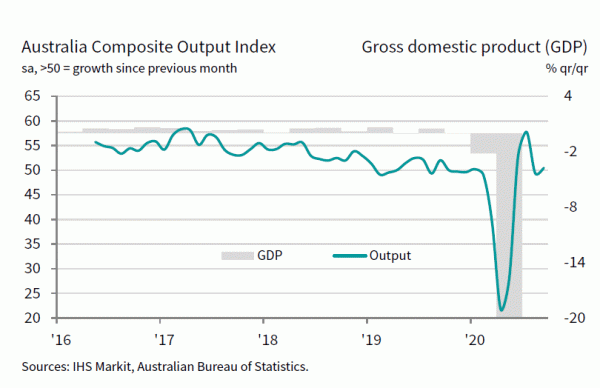
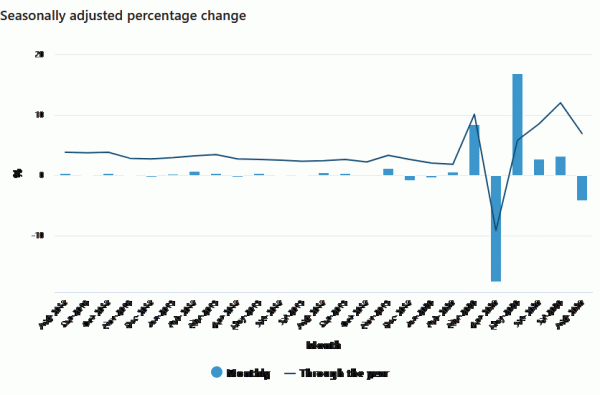
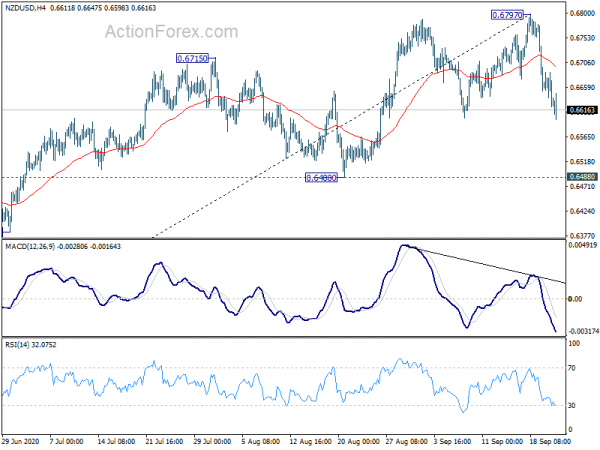
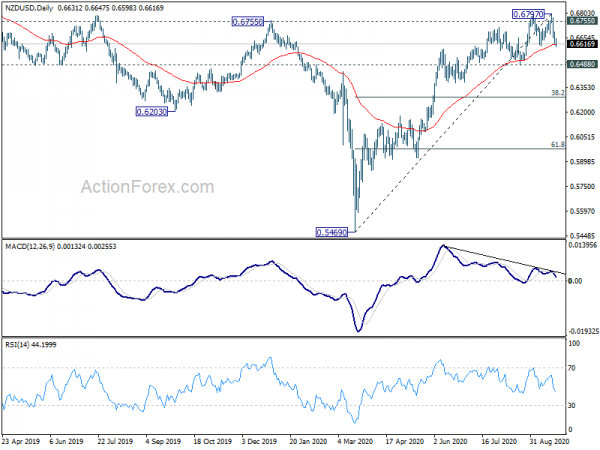

Fed Rosengren concerned of the likely second wave of coronavirus infections
Boston Fed President Eric Rosengren warned that “the economy remains fragile”. He’s concerned that a second wave of coronavirus infections this fall and winter is “likely” which could cause some states to “impose new restrictions on mobility and face-to-face interactions”. Additionally, additional fiscal support “seems unlikely to materialize any time soon”.
“It would have been fine if the pandemic lasted three months, but the pandemic isn’t lasting three months,” Rosengren said. “It’s lasting much longer than that and so there’s definitely a need for more targeted spending.”